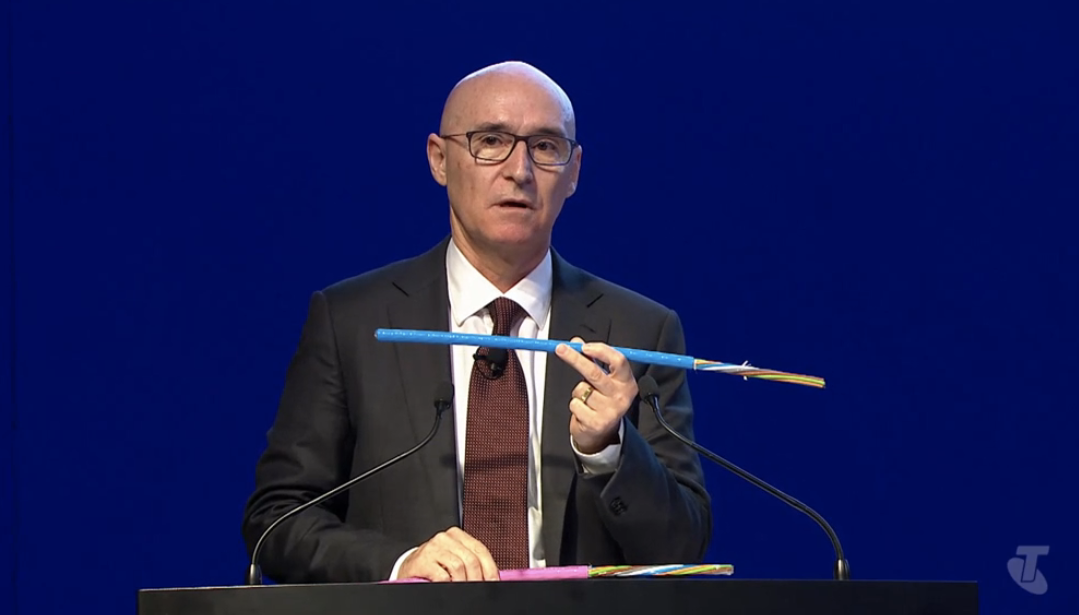
Telstra has decided to expand its year-old Intercity Fibre project, adding another 5000km of fibre between now and 2027.

Telstra’s Brendon Riley.
The telco unveiled plans to build inter-capital capacity back in February last year and has so far managed to put about 400km of fibre in the ground.
It intends to increase that amount to “around 2000km … by the end of the financial year”, Telstra InfraCo CEO Brendon Riley told a Telstra investor day.
Riley said the early pace of the rollout had been impacted by land access agreements, but indicated this bottleneck had been resolved.
“Land access has proved a little bit more complicated than perhaps we initially thought it would be, but we’re starting to make some really good progress there,” he said.
“Land access is complex these days, it’s very important that we get it right and it’s something that we’re very focused on.
“We’re heavily engaged with traditional landowners – National Parks and the state and federal government agencies.
“Just last week we received support and approval from a number of Aboriginal land councils for over 256km of fibre cleared for building.”
The existing plan for Intercity Fibre was to lay about 9000km of cables in total; with the expansion, this will move to about 14,000km.
A key part of the expansion includes a new route between Darwin and Adelaide.
“The Adelaide-Darwin route we think is very important, particularly to connect to the subsea cable infrastructure of Asia,” Riley said.
“We think that’s also a very important route for data centre use cases in solar-rich areas, and it’s also very important for redundancy and resiliency for the nation.”
The telco is deploying dual fibre paths – colour-coded as pink or blue cabling – on each route.
“The pink fibre is our ultrafast, ultra-low loss fibre. It’s really designed for those high workload point-to-point solutions such as data centre,” Riley said.
“The blue fibre is also incredibly fast, that’s been designed to facilitate over 250 onramps into regional centres across the country.
“On this ULL [unconditional local loop], the transmission rates per channel are 650Gbps. That’s about six times faster than anything available today.”
CEO Vicki Brady said construction on the new routes would begin in FY25 and be completed by FY27.
In addition, Telstra announced it would deploy more infrastructure to the Pilbara region of Western Australia, home to many iron ore operations.
“We’ll be building an additional 165km of fibre to connect a number of critical sites and facilities across the Pilbara, and there’s also a number of other initiatives we have to further augment and uplift our capacity and resiliency,” Riley said.
“This is going to support a number of use cases, particularly in mining, but also in local government, education, and health.”
Brady noted that while the expansion of the project is based on demand, this was unlikely to be reflected in extensive pre-commitments to take up the forthcoming capacity.
“The important thing to take into account with projects of this nature [is that] it’s very common that you can see strong demand, you’re in lots of discussions but often you don’t see a firm commitment until services are built and ready to go,” she said, adding that “there are lots of conversations going on” with customers.










